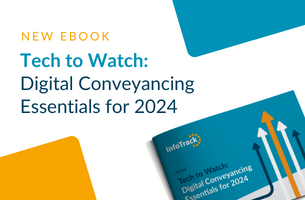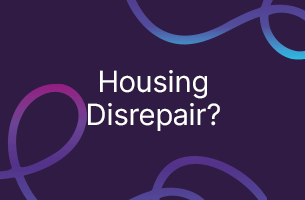A conveyancing business set up by a technology specialist has become the latest alternative business structure (ABS).
Peter Ambrose, the owner of The Partnership, based in Guildford, Surrey, described its licence from the Council for Licensed Conveyancers (CLC) as an “endorsement”.
He explained: “We created this business to offer a truly client-centric approach to conveyancing. Our assumption that most companies entering the new ABS world would exploit this unique opportunity by focusing purely on low prices, has depressingly been proved right.
“Indeed, this was contrary to our research that showed that for consumers, the most critical factor was expertise and efficiency, and they wanted to get advice from an educated, intelligent and most importantly, friendly, solicitor. Our phenomenal growth over the past 18 months has clearly validated our approach and this grant of the ABS licence goes on to prove this.”
Mr Ambrose, who has a law degree but worked in technology for 15 years, created The Partnership in 2005 with an eye to the introduction of ABSs, using the launch of home information packs “as a springboard to launch a legal services company”, he told Legal Futures.
He explained: “The plan was simple. We would focus on the top-end of the property market and after we had proved ourselves as a supplier, then we would introduce new services. We ended up dominating the top-end market for HIPs, with approximately 80% market share of premium estate agents, and two and a half years ago, received a licence to carry out conveyancing, from the CLC.
“Frankly, it was a failure; the top-end market is difficult to crack, and required local presence. In September 2011, we refocused on the London market and have been growing ever since.”
He employs several solicitors and said he would like to use the word ‘Solicitors’ in the firm’s name.
Mr Ambrose indicated he would not use the ABS licence to expand the firm’s range of services. “My personal view is that the biggest mistake companies make is that they forget what they're offering and to whom they are trying to sell. We made a foray into wills about a year ago; whilst the service was fantastic and clients loved it, and it went well with our conveyancing business, frankly it defocused us and caused confusion.
“We offered legal services but only conveyancing and wills; when clients wanted family, employment or litigation services we could only recommend other firms, which made us look limited in our offering. Therefore, I took the decision in the summer to focus purely on residential conveyancing and we will continue to do this.”
However, he said the licence will allow him to simplify the business, because currently he has to have a separate business to provide energy performance certificates.
But Mr Ambrose said he is worried that offering these certificates also “defocuses” the practice, and also makes it look like firms that have sprung up to provide similar services but are just effectively fronts for volume providers “and add no value whatsoever”.
He added that choosing the CLC over the Solicitors Regulation Authority was an easy decision: “It quickly became clear that my business was more closely aligned with the pragmatic and friendly approach of the CLC.”















